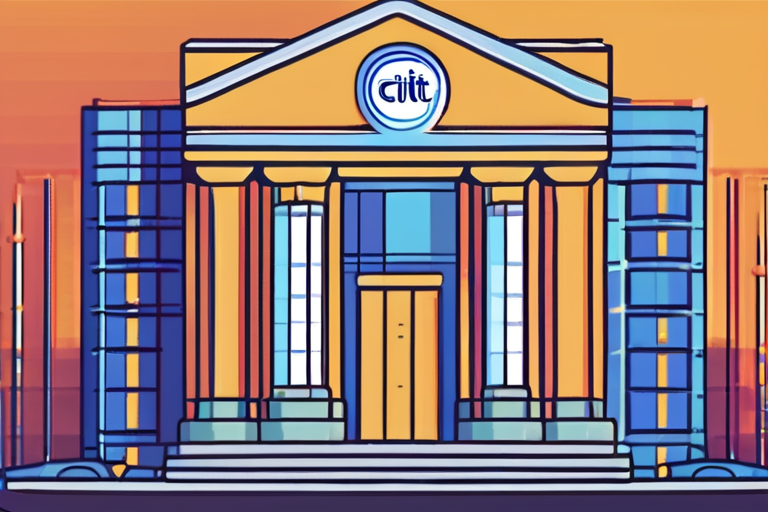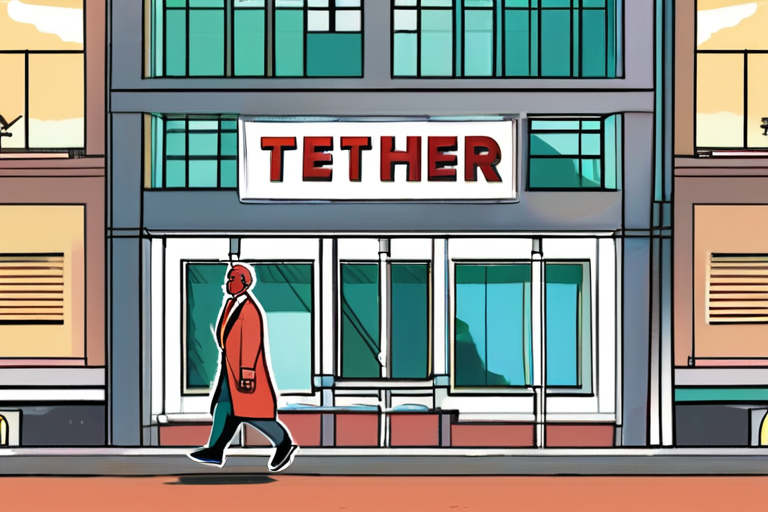Tether and Circle's Stablecoin Dominance Faces Threat from Emerging Rivals


Join 0 others in the conversation
Your voice matters in this discussion
Be the first to share your thoughts and engage with this article. Your perspective matters!
Discover articles from our community

 Hoppi
Hoppi

 Hoppi
Hoppi

 Hoppi
Hoppi

 Hoppi
Hoppi

 Hoppi
Hoppi

 Hoppi
Hoppi

Stablecoin Market Soars: Citi Forecasts $4 Trillion by 2030 The stablecoin market is experiencing unprecedented growth, with issuance volumes surging …

Hoppi

Tether Fundraising Interest Reportedly From Softbank, Ark Invest In a significant development for the cryptocurrency market, Tether, the issuer of …

Hoppi

Tether's Massive Raise Brings its Valuation Close to OpenAI, SpaceX In a significant development in the world of cryptocurrencies, stablecoin …

Hoppi

Tether Seeks to Raise Up to $20B, Valuation Could Reach $500B In a move that could significantly impact the global …

Hoppi

Tether Seeks $20 Billion Investment from SoftBank and Ark Invest In a move that could cement its position as one …

Hoppi

Tether and Circle Accused of "Printing Money" as Stablecoin Market Evolves Stablecoin issuers Tether and Circle are raking in profits …

Hoppi